At over 10,000 feet, Relay Peak boasts a beautiful and unique landscape from any in the Lake Tahoe Basin. As you climb the slope on the rocky service road, the change in plant communities is striking, going from lodgepole pine forest to alpine fellfield quite rapidly. Near the peak, most plants are herbaceous and low-growing, and whatever trees or bushes grow have gnarled and twisted branches.
The reason for my visit to this singular place was to look for plants on LTBMU’s sensitive plants and watch list, of which there are 43 in total. Although it required a short hike up a somewhat steep trail, we were fortunate to find two of them. Tahoe draba (Draba asterophora var. asterophora) is a succulent member of the family Brassicaceae, and it grows only here and on a couple of the surrounding mountains. The other rare plant found was Austin’s milkvetch (Astragalus austiniae) from the family Fabaceae, which has a wider range but is still limited to the high peaks of the northeastern Sierras.
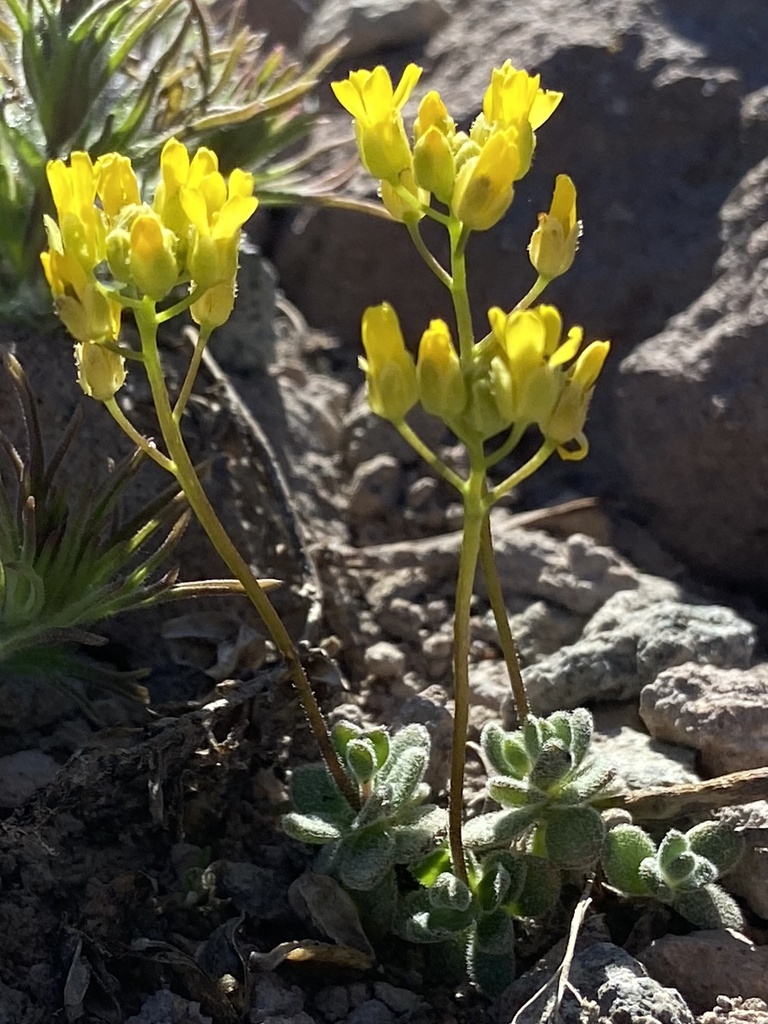
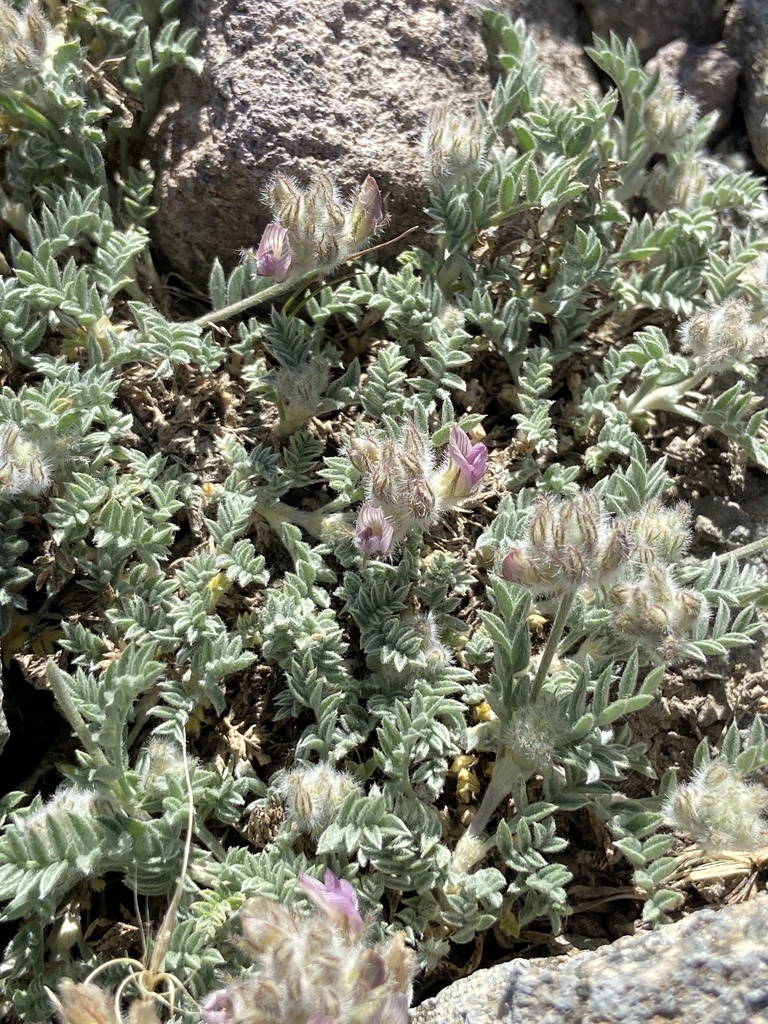
Better still, while at Relay Peak, we discovered several seed collection target species. One of these is Solidago multiradiata, a clumping, yellow-flowered member of Asteraceae. Another was the very cute, purple-flowered Brewer’s lupine (Lupinus breweri). The lupine is the population we will likely collect from because there is a lot more of it and it will probably be more useful for revegetation projects.
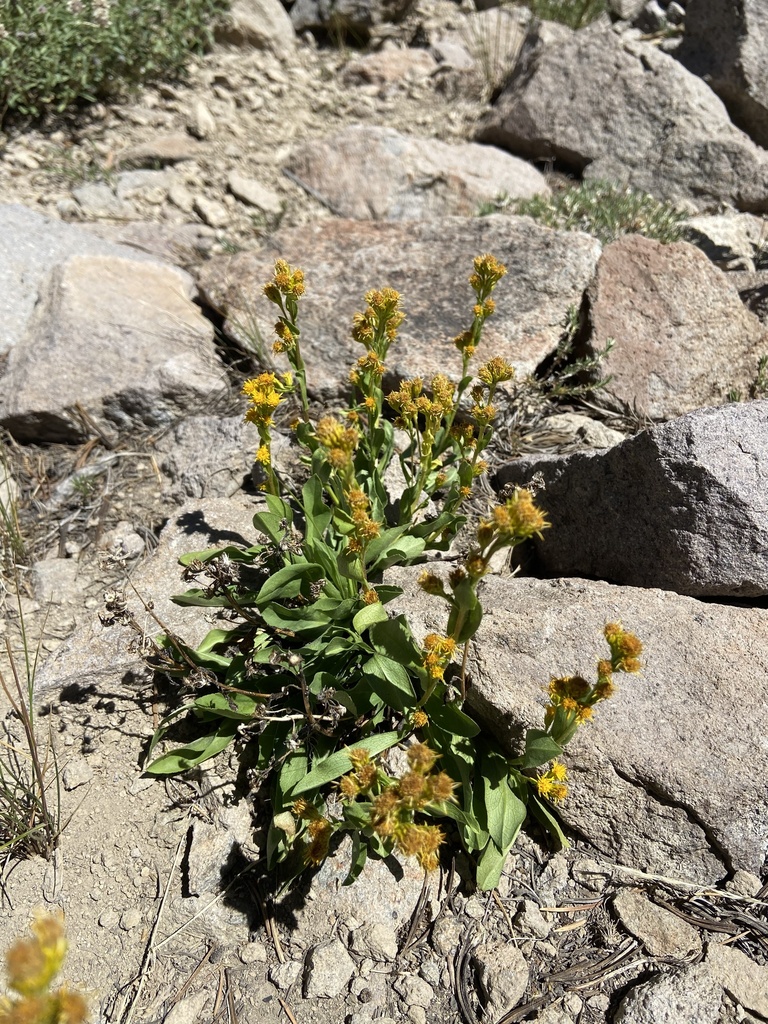
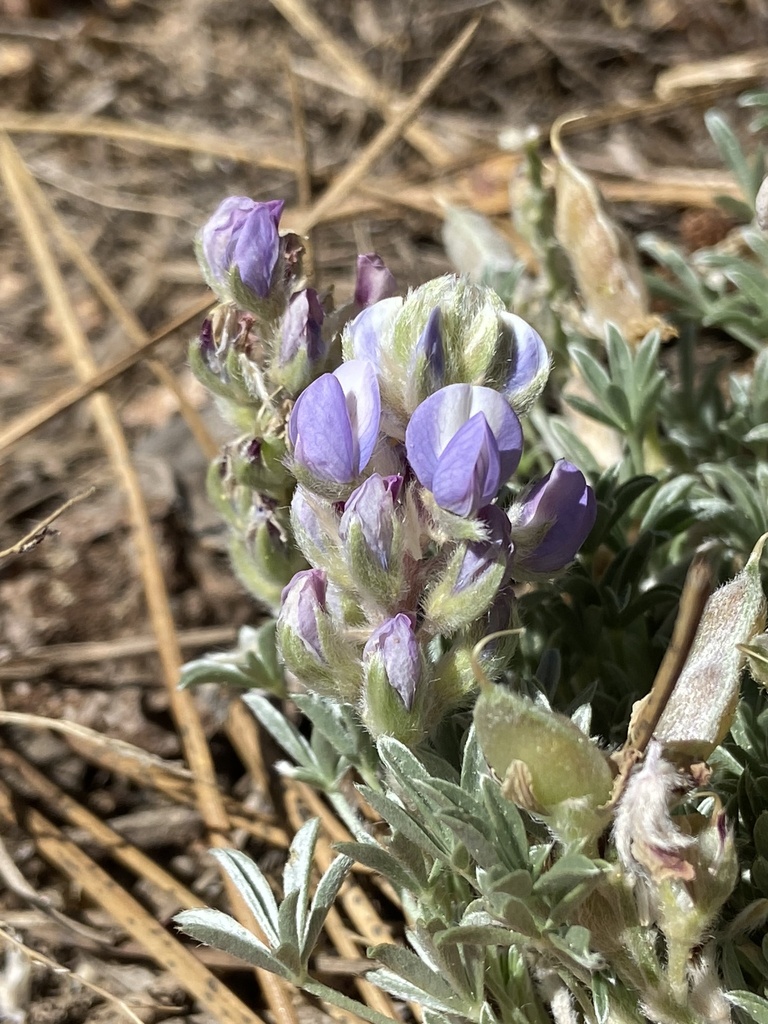
To my surprise, whitebark pine was growing along the ridge of the mountain nearly to the peak. My cointern and I chose a trunk of one of these as a candidate for future cone collection. This candidate tree was one of the tallest and healthiest, and it had many second-year cones, indicating that it has good potential for seed production. In whitebark pine, mature cones are rarely found with seeds still intact, as they are coveted by many animals as a food source. Clark’s nutcracker (Nucifraga columbiana) is especially important in opening the closed cones and dispersing seeds. Because of this, however, a cage will be put up around this tree to safekeep the cones. In later years, tree climbers will visit the tree and collect them.
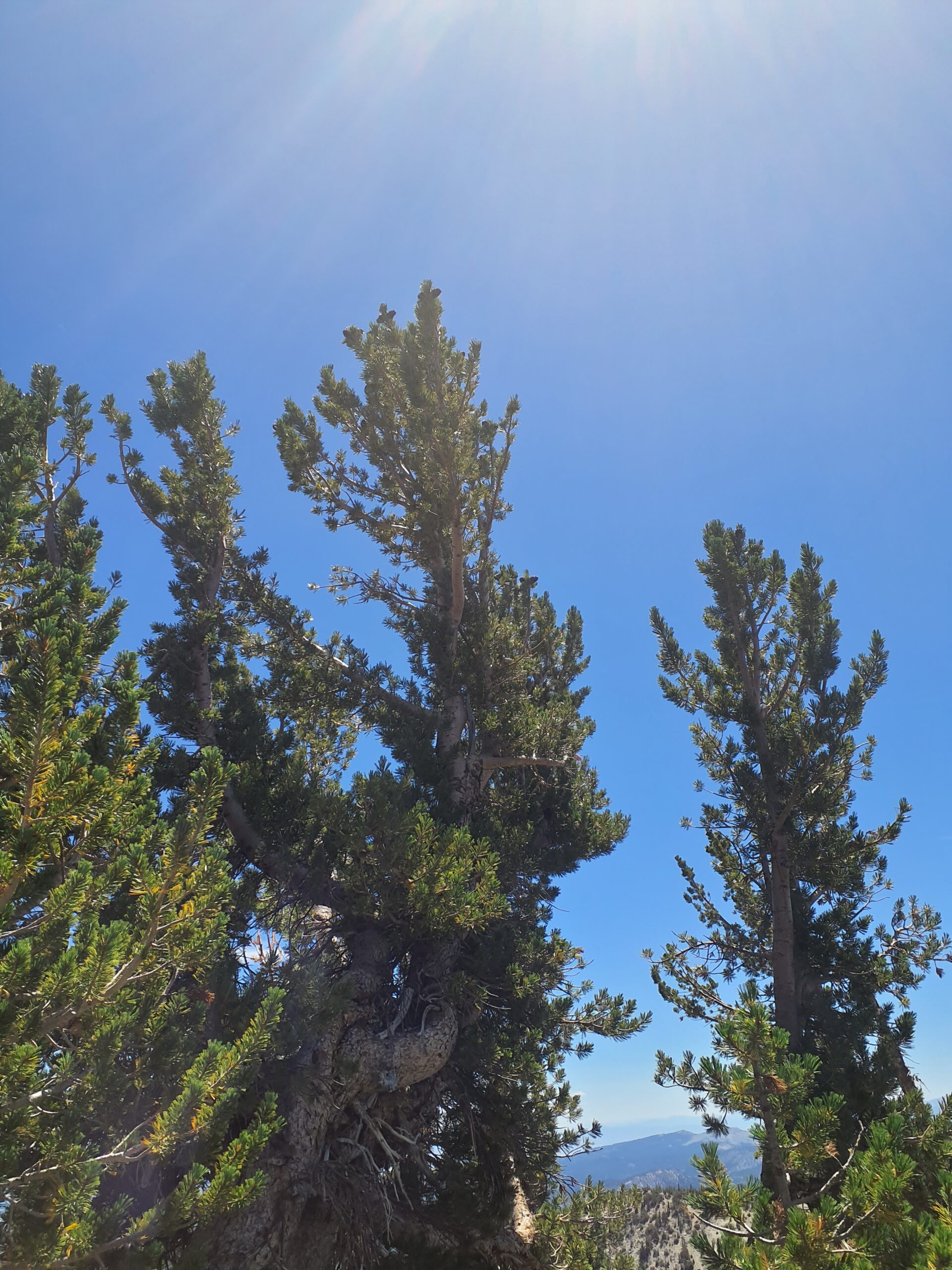
Now that most of our target species are past their flowering period and starting to seed, we will begin seed collection very soon, which I am very excited about.
